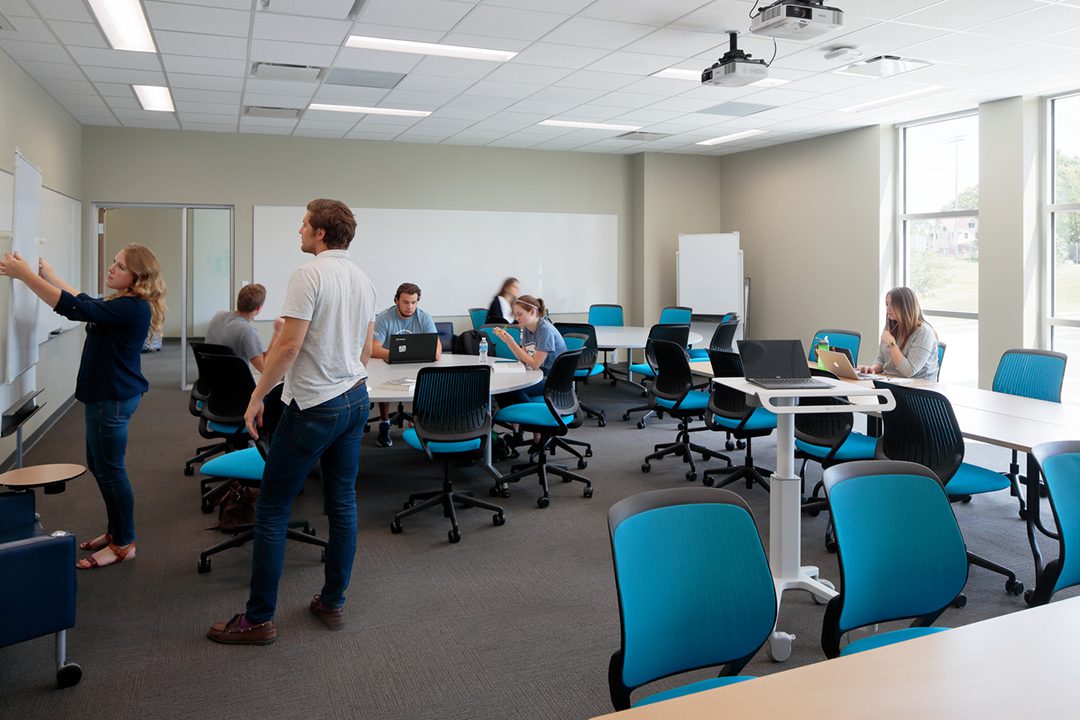
Active Learning Series, Introduction: What is active learning?
September 29, 2021Active learning represents an opportunity for higher education to move away from the droning lectures of yesteryear, and toward a more engaging and productive approach that positions students as the drivers of their learning. “Active learning” emphasizes the role of each learner during an experience: they question, they collaborate, they brainstorm, and otherwise cognitively invest in their own understanding of the class content. Instructional approaches that leverage active learning are an alternative to passive learning that positions an instructor as the person delivering knowledge while students receive that knowledge. If the idea of quietly sitting and receiving knowledge sound silly… it is! Active learning is supported by an extensive body of research that shows students learn more, students often enjoy it more, and the effects of active learning can improve the equity of program outcomes for students from historically marginalized groups.
What does active learning mean for learning environments?
Active learning represents a wide variety of learner behaviors – there is no one way to do active learning. One instructor may prioritize peer collaboration and facilitate frequent class discussions in small groups. Another instructor may engage in problem-based learning, with students solving new problems each day under a teacher’s guidance. An instructor working in a large introductory class may use clickers to allow every student to respond to class polls. A graduate program may ask students to conduct critical, comparative readings between multiple texts. In each of these cases, the emphasis is on students doing the intellectual heavy lifting while the instructor plans, facilitates, troubleshoots, and otherwise responds to the students’ needs throughout the class meeting.
The shift in what educators and learners are doing when they move from passive learning to active learning demands a change in how we think about classroom design as well. A highly efficient lecture hall often orients many students to easily see and hear a single lecturer, but how useful is that when students are spending each day seeing and hearing each other instead of one speaker at the front of the room? Flexible classroom spaces make it easy and intuitive for students to engage with problems, materials, or classmates when they need it. Similarly, the instructor is no longer spending all their time at the front of the room. Instead, they can easily circulate the space, engage student groups, and even share group material broadly… sometimes with little forewarning due to the responsive nature of good active learning.
Our research as part of this series looks at the impact of these supportive classroom spaces for active learning.
Related Posts
This was the Introduction of our Active Learning Series. Read more in this series by clicking below.
